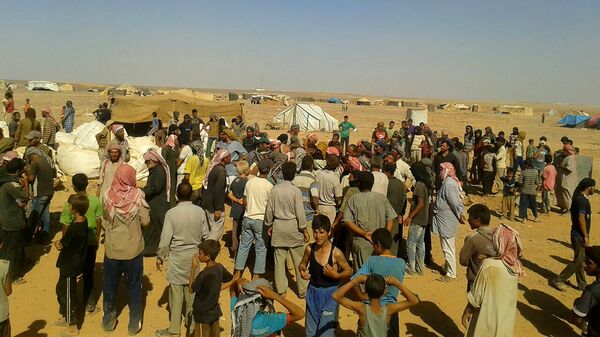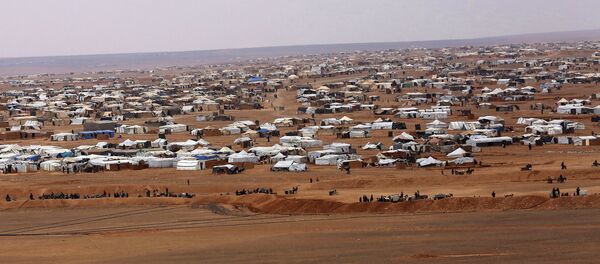"There is a trend toward the deterioration of the sanitary-epidemiological situation in the camp. According to satellite photographs, waste dumps and chaotic burial sites on the territory of the camp are situated in immediate proximity to refugees' places of residence and sites where water is being distributed which creates a risk of outbreaks of dangerous deceases," the center's head Col. Gen. Viktor Kupchishin said.
He added that a humanitarian corridor had been established for the return of internally displaced persons from Syria's At-Tanf zone to their permanent places of residence in order to prevent a humanitarian catastrophe in the camp.
READ MORE: Russia, Syria Accuse US of 'Colonial Mentality' Over Situation in Rukban Camp
The center's head recalled that the Syrian government had undertaken to guarantee the security of temporarily displaced persons and ensure a simplified procedure for the restoration of their documents.
In January, the World Health Organization described people residing in the camp as "trapped," adding that they live "in deplorable conditions." Limited water supply, bitterly cold weather and poorly functioning health care facilities contribute to the rise of diseases, which include influenza, measles, tuberculosis and chronic respiratory diseases, according to the organization.
The Russian Center for Reconciliation in Syria has repeatedly slammed Washington for preventing refugees from leaving the site.



